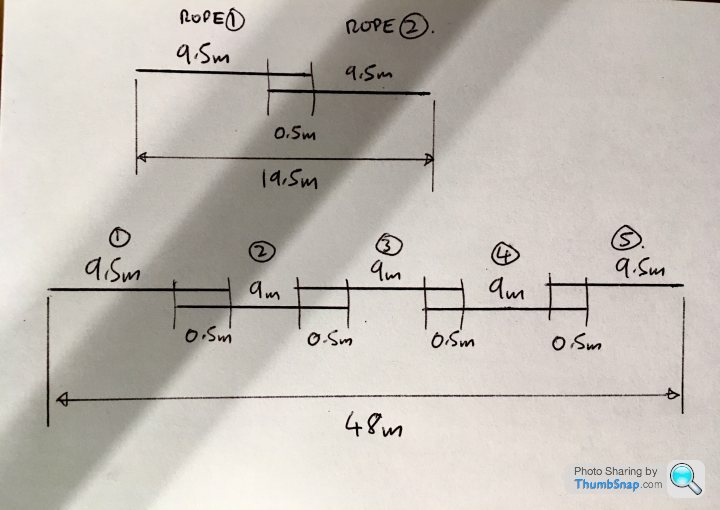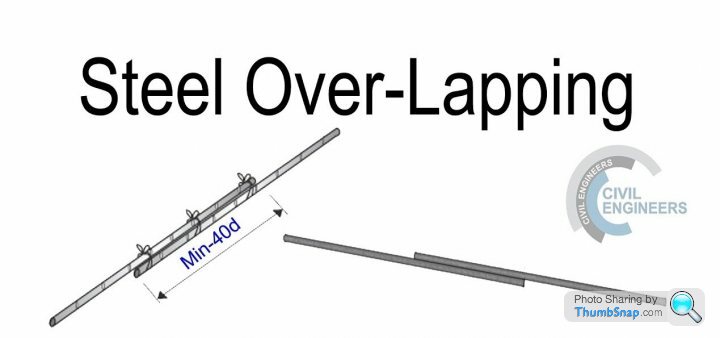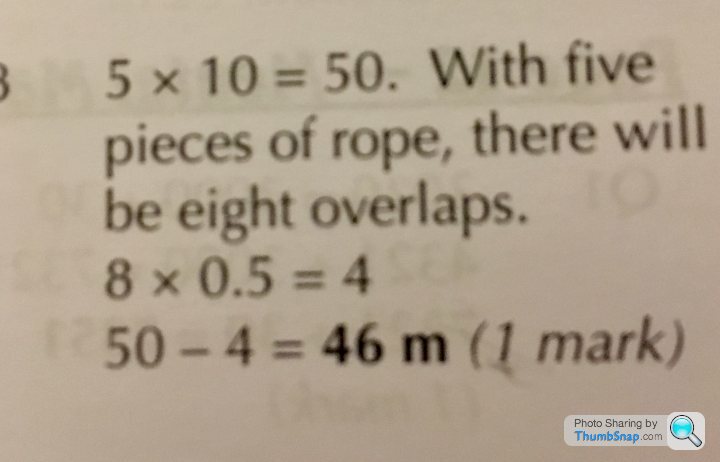Simple Maths Question (part 2)
Discussion
From the same SATS question book as this:
https://www.pistonheads.com/gassing/topic.asp?h=0&...
This time an ambiguous question, no doubt (I get at least three interpretations), but what answer(s) do we get for this one?

https://www.pistonheads.com/gassing/topic.asp?h=0&...
This time an ambiguous question, no doubt (I get at least three interpretations), but what answer(s) do we get for this one?

Bill said:
dr_gn said:
It says “overlap” by 0.5m per bit of rope which to me doesn’t mean you lose 1m per join.
Why not? And why would you tie them in a circle?It's not perfectly worded, but (like the other question) it's clear what they're after. I think you're over-complicating things.
If it said “each piece loses 0.5m in the knot per join” only then would it lose 1m per join.
CaptainSlow said:
dr_gn said:
Where exactly does it say that?
The second sentence says exactly that. Anyhow, what is the answer?What is the answer? Depends on the question I guess?
CaptainSlow said:
dr_gn said:
CaptainSlow said:
dr_gn said:
Where exactly does it say that?
The second sentence says exactly that. Anyhow, what is the answer?What is the answer? Depends on the question I guess?
It doesn’t say you “lose” anything, anywhere in the question. You’re adding a word to support your interpretation, whereas I’m just answering the question.
It simply says they overlap by 0.5m per piece. For all we know, “tied” could mean joined in parallel with bits of string, or a knot in the middle of the 0.5 overlaps.

Hang On said:
The question is not ambiguous in any way. Nor is the answer. The answer is 48m. It does not matter how the ropes are joined, glued, knotted etc.
The distance between the start of the structure and the mid-point of the first joint is 9.75m; similarly the distance between the mid-point of the last join and the end of the chain.
The distance between the intermediate midpoints of the joins is 9.5m
The length of the structure is (2*9.75)+(3*9.5) = 48
Period.
ETA: cross-posted with above (correct) depiction.
Thank you. The distance between the start of the structure and the mid-point of the first joint is 9.75m; similarly the distance between the mid-point of the last join and the end of the chain.
The distance between the intermediate midpoints of the joins is 9.5m
The length of the structure is (2*9.75)+(3*9.5) = 48
Period.
ETA: cross-posted with above (correct) depiction.
Now let’s say we’ve got 2 cakes...
Fast and Spurious said:
Hang On said:
The question is not ambiguous in any way. Nor is the answer. The answer is 48m. It does not matter how the ropes are joined, glued, knotted etc.
The distance between the start of the structure and the mid-point of the first joint is 9.75m; similarly the distance between the mid-point of the last join and the end of the chain.
The distance between the intermediate midpoints of the joins is 9.5m
The length of the structure is (2*9.75)+(3*9.5) = 48
Period.
ETA: cross-posted with above (correct) depiction.
It clearly says the ropes are tiedThe distance between the start of the structure and the mid-point of the first joint is 9.75m; similarly the distance between the mid-point of the last join and the end of the chain.
The distance between the intermediate midpoints of the joins is 9.5m
The length of the structure is (2*9.75)+(3*9.5) = 48
Period.
ETA: cross-posted with above (correct) depiction.

For the hard of thinking: substitute rope for the steel bar.
boyse7en said:
DamienB said:
Christ, am I the only person thinking the answer is just 5 x 10 = 50m? I don't give a s t how you tie them together, their total length should not be subject to the angle at which any particular portion of the rope is lying at. I paid for 5 x 10 and I've got 5 x 10.
t how you tie them together, their total length should not be subject to the angle at which any particular portion of the rope is lying at. I paid for 5 x 10 and I've got 5 x 10.
How are you going to tie five lengths of 10m rope together to get 50m??? They would have to be laid end to end, which means you have nothing to tie together. t how you tie them together, their total length should not be subject to the angle at which any particular portion of the rope is lying at. I paid for 5 x 10 and I've got 5 x 10.
t how you tie them together, their total length should not be subject to the angle at which any particular portion of the rope is lying at. I paid for 5 x 10 and I've got 5 x 10.Gassing Station | Science! | Top of Page | What's New | My Stuff




